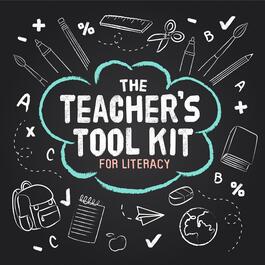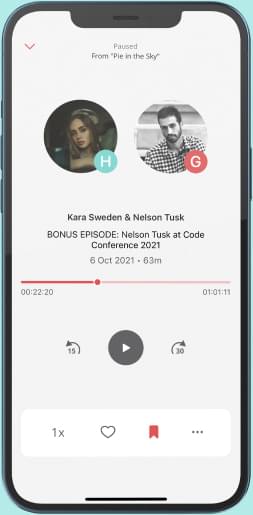
Part 1: The Wonder of Teaching Vocabulary with Freddy Hiebert
Part One: Foundations Dr Freddy Hiebert, President and CEO of Text Project and literacy researcher at UC Santa Cruz, opens her conversation with Australian literacy consultants Sharon and Phil by immediately challenging conventional vocabulary instruction. She declares that lists and flashcards simply don't work, despite being the go-to methods in countless classrooms worldwide. Hiebert introduces her groundbreaking research revealing that 95% of English texts derive from just 2,500 morphological families—interconnected word systems where understanding one member unlocks numerous related words. She demonstrates how "help" generates "helper," "helpful," "unhelpful," and "helpless," transforming vocabulary learning from rote memorisation into systematic understanding that empowers students as independent word solvers. The conversation explores English's fascinating linguistic complexity through Hiebert's memorable culinary metaphor: a German bratwurst in a French baguette with Greek yogurt sprinkled on top represents how English draws from multiple traditions. This understanding helps students recognise why compound words from Anglo-Saxon roots, academic phrases from French influences, and consistent meaning patterns from Greek elements function differently across texts. Hiebert champions semantic maps as powerful alternatives to traditional lists, describing how students build visual connections between related concepts. She illustrates how mapping cats' movements, colours, and features creates meaningful vocabulary networks that expand naturally as students encounter different texts about the same topic. The discussion addresses practical concerns when Hiebert explains that approximately 40-50% of the 2,500 word families never actually require explicit teaching—they're straightforward enough for students to acquire through natural exposure. This revelation reassures teachers worried about covering overwhelming amounts of content. Hiebert emphasises fundamental principles students should understand by third grade: recognising that English draws from different language systems, understanding that certain words perform most of the work in English, and knowing that narrative and informational texts present different vocabulary challenges. These insights prepare students to approach any text with systematic thinking rather than anxiety about unknown words. TEXT PROJECT WEBSITE BY FREDDY HIEBERTText Project website - free student texts (Plus +) SPECIFIC RESOURCES FROM FREDDY HIEBERT, AS MENTIONED IN THE PODCAST 1. AI Semantic Map Examples You will find an example in this ILA presentation .As well as the presentation, the following paper, which is in review at a journal, gives examples of maps and grids created with AI 2. ILA Website PresentationFundamentally, the ILA presentation will have a similar structure to the above presentation:See the ILA webinar here on YouTube. 3. AI Prompt ExamplesThe above presentations and the paper (Leveraging AI) should give some examples). 4. 'The Story of English' Picture Visual representation showing bratwurst (German) in baguette (French) with yogurt (Greek)Illustrates how English draws from multiple language traditions 5. Etymology ResourcesStories of Words develops students' interest in fascinating words like snickerdoodles and terrapin. Using the TExT model, this 16-volume series explores vocabulary through four word-formation methods: borrowed words, life themes, manipulated words, and technological innovations. 6. Text Models ExamplesText Models Examples are here.From Freddy: "This site at TextProject provides illustrations of texts that I have developed with AI assisted. I should emphasise that I do AI-assisted, not simply AI-generated. A text typically goes through numerous iterations and I also analyse the texts to determine its distribution according to word zones (more on word zones)And I’m attaching a blog on Word Zones as well . JOIN TEACHIFIC NOW AND SAVE!Join Teachific today. Access thousands of resources and a growing number of 'anytime' courses within your membership. FURTHER INFORMATION Tune in to "Teacher's Tool Kit For Literacy," a free podcast where accomplished literacy educator Sharon Callen and her team share valuable insights and tips. With over 30 years of experience, they provide strategic learning solutions to empower teachers and leaders worldwide. Subscribe on your favourite platform for exclusive literacy learning content. Apple, Spotify, Google, YouTubeRead our insightful blogs, which make valuable connections between resources, podcasts and courses.Visit our Cue Learning website and sign up for the Teacher's Toolkit Weekly newsletter to stay updated on resources, events and discover how Cue can support you and your school.Explore Teachific, our vast collection of PDF resources, to enhance your teaching toolkit. And get even more support from our growing number of 'anytime' online courses.Connect with the latest news and other educators by joining our Teacher's Toolkit Facebook groupExplore upcoming live or online webinar events Have questions or feedback? Reach out to us directly at admin@cuelearning.com.au
From "The Teacher's Tool Kit For Literacy"


Comments
Add comment Feedback